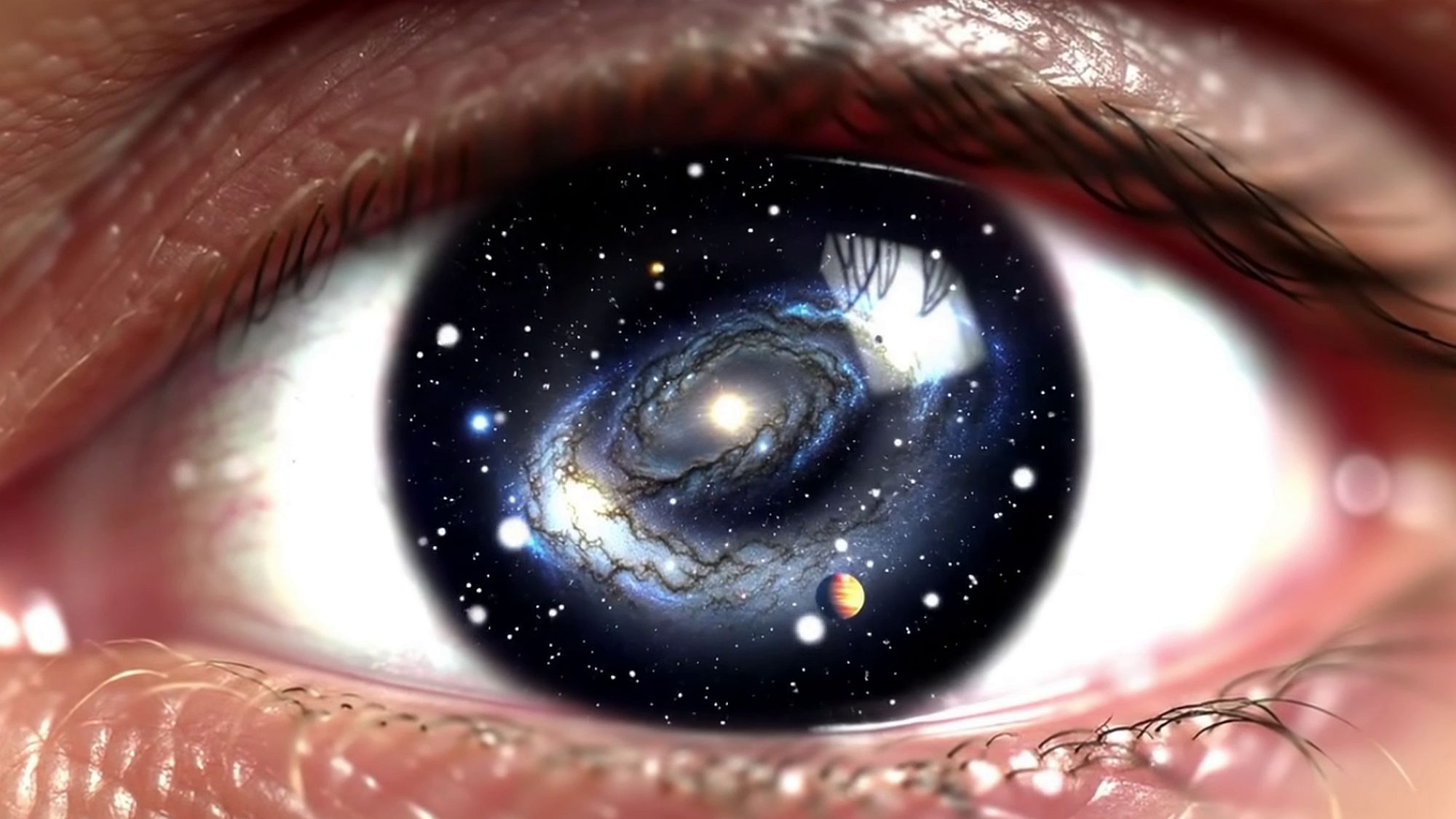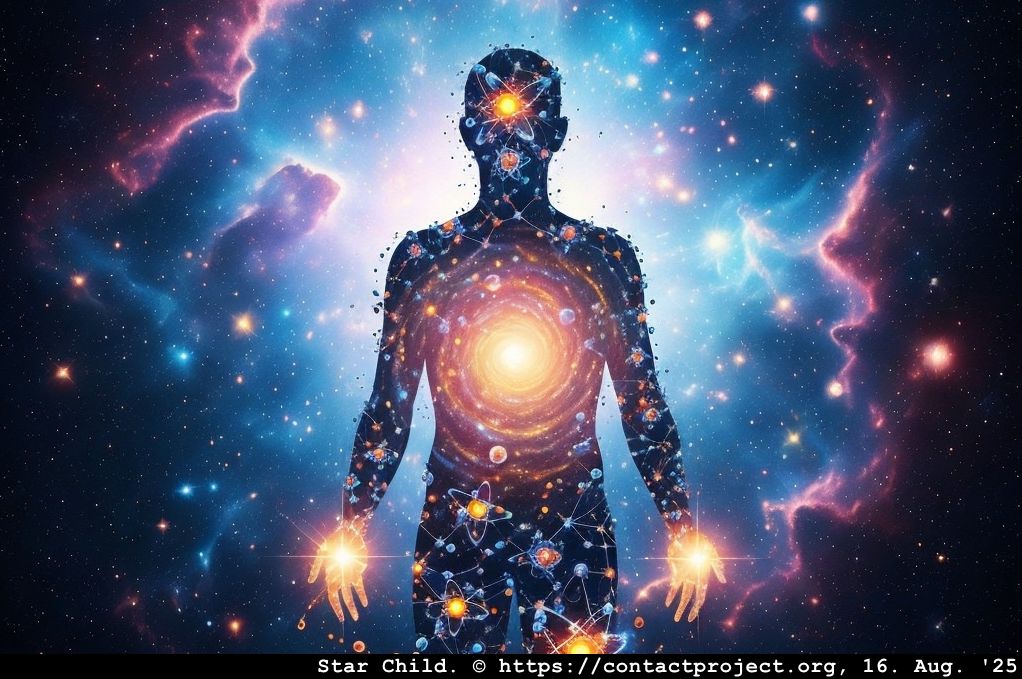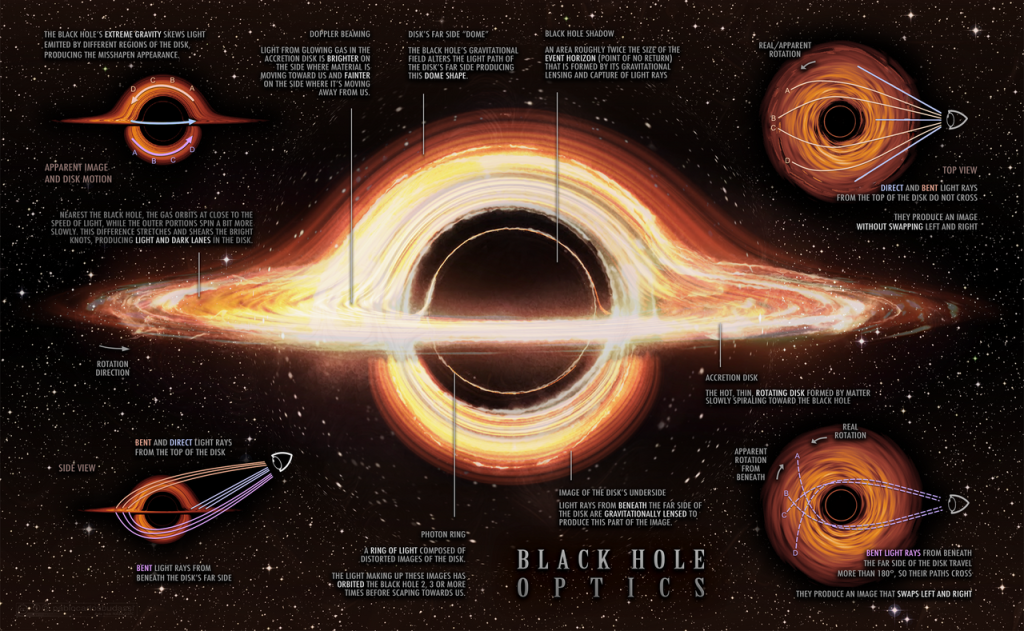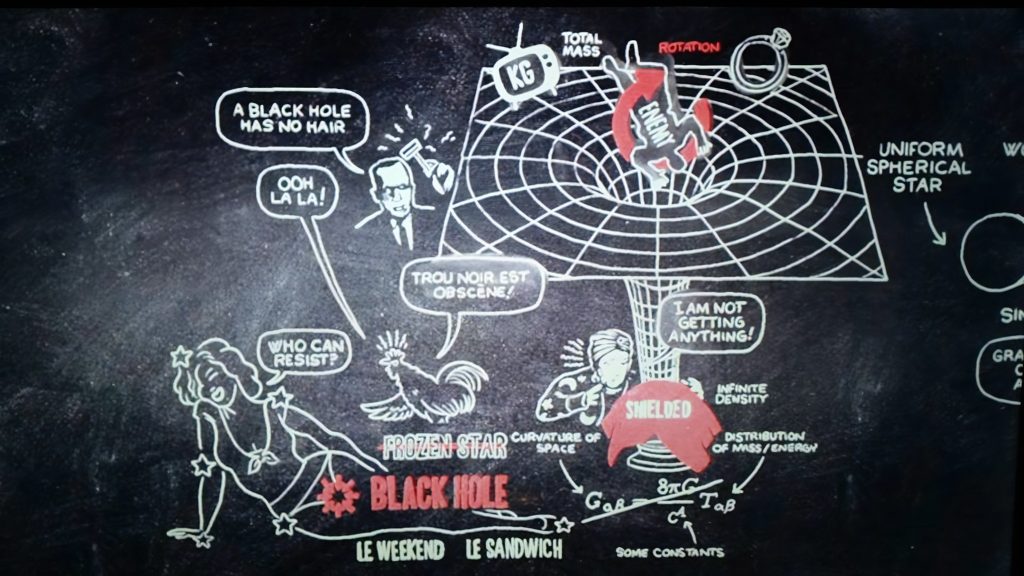You’re a Child of the Stars and an Echo of the Big Bang
Your body, made of stardust, contains more atoms than there are stars in the observable universe. A cosmos of seven billion billion billion atoms is held within you.
These atoms tell two cosmic stories. The majority by count are hydrogen atoms, 13.8-billion-year-old relics from the Big Bang itself. However, the fiery hearts of ancient stars forged the vast majority of your mass – the carbon in your DNA, the calcium in your bones, and the iron in your blood. Thus, you are indeed stardust.
You are a living paradox: by number, an echo of the universe’s first breath; by substance, a child of the stars. You are made of both stardust and the dawn of time.
Look inward,
and what do you see? Not merely flesh and bone, but a teeming, silent cosmos. Within the quiet confines of your own being, you hold a universe more populous than the one you see at night. You gather more atoms within you than there are stars in the velvet sweep of the observable sky. Being composed of atoms made of stardust speaks to your cosmic origins.
Each of these infinitesimal points of light tells a story, a dual epic of creation.
Listen closely.
Can you hear it? The faint, persistent hum of the beginning. The majority of you, by sheer count, forms a chorus of hydrogen, the firstborn atoms. The universe shaped these in its very first breath. An echo of the Big Bang, you are a 13.8-billion-year-old whisper. Within you lies the memory of a time before stars, before galaxies, before light had a place to land. Woven from the fabric of the dawn of time itself, you embody the universe’s earliest moments.
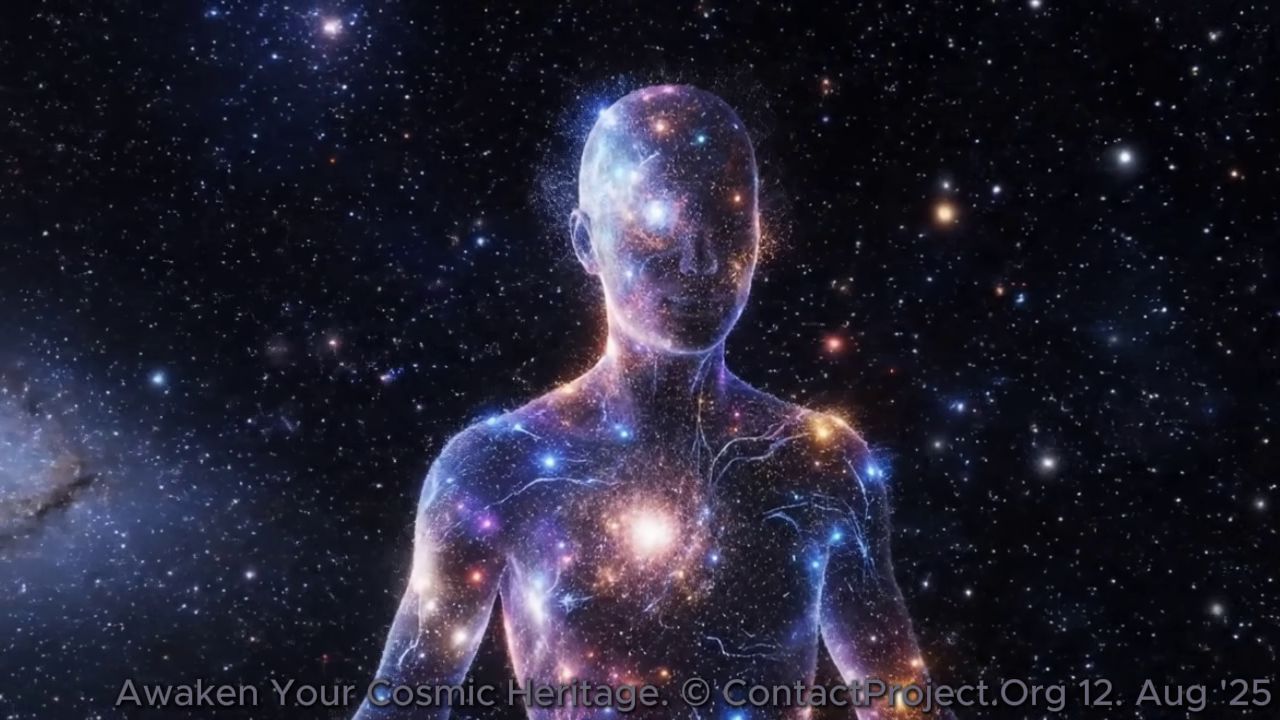
But you are also a child of fire and light.
The strength in your bones, the calcium that gives you form? The iron in your blood, carrying life with every beat of your heart? The carbon that writes the elegant script of your DNA? None of this was born in that first, quiet moment. Instead, it was all forged in the hearts of celestial furnaces. Long-dead suns left behind their ashes to form you, gifts from stars that burned brilliantly, collapsed, and seeded the cosmos with the raw material of life. You are, quite literally, stardust given a voice. It’s as if you are made of stardust echoing the secrets of ancient galaxies.
Here, then, is the paradox you embody: You are both the ancient, simple whisper of the beginning and the complex, brilliant song of the stars. You are a bridge between two eternities, the dawn of time and the heart of a sun. You are not just looking at the universe; you are the universe, looking back at itself.
